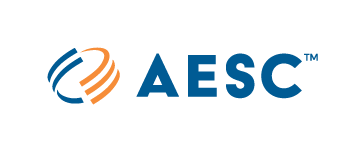- Organic capacity constraints
- Influent loading control
Water Practice Case Study
Wastewater Plant in Central California
Outcomes
Main Problems
Overview
Plant Type
Activated Sludge
Trickling Filter
Plant Size (MGD)
19.5
The AESC team was invited to a large wastewater recycle facility to conduct an evaluation and develop a list of energy savings measures. The AESC team proposed 18 measures including strategies for improving effluent quality, adding of sensors to monitor processes real time, optimizing processes, and methods to facilitate the replacement of the existing compressed air system.
The site was nearing capacity for organic loading within its secondary treatment system and the team proposed a solution that included more efficient mixing of the mixed liquor and real-time chemical oxygen demand measurement to allow potential bypass of the trickling filters when future conditions required it.
Additional measures included treatments designed to reduce loading in the wastewater collections system and improvements to asset management reliability.
